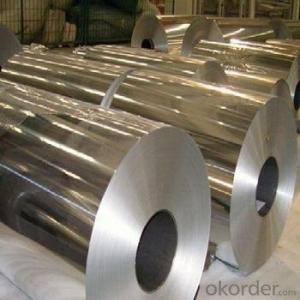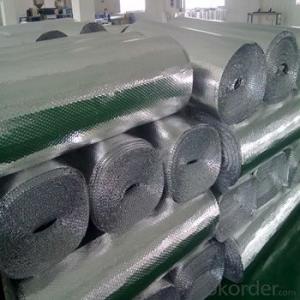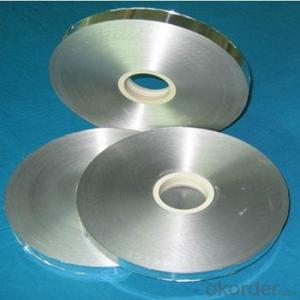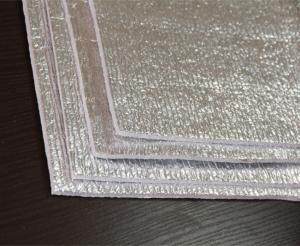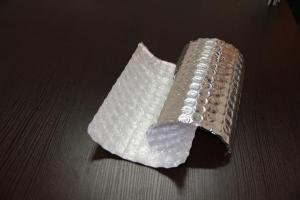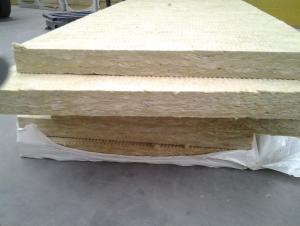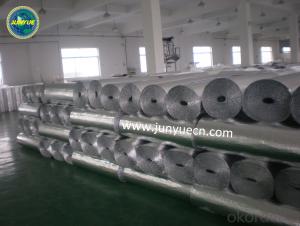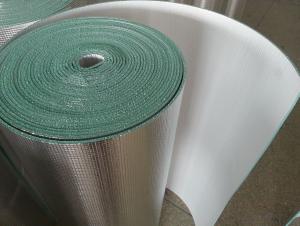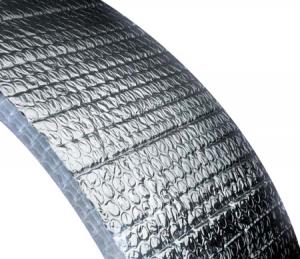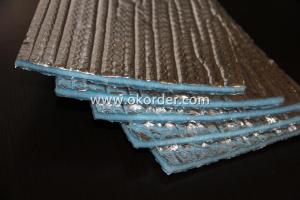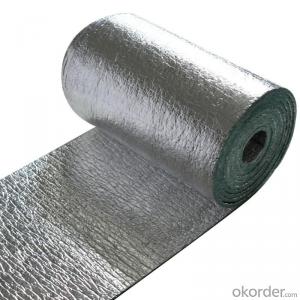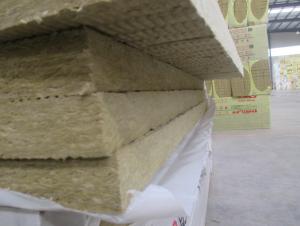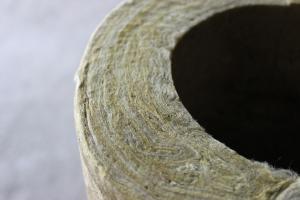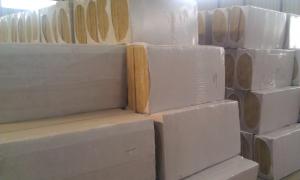aluminum foil with LDPE for bubble foil insulation production
- Loading Port:
- Shanghai
- Payment Terms:
- TT OR LC
- Min Order Qty:
- 90 cm²
- Supply Capability:
- 33412 cm²/month
OKorder Service Pledge
OKorder Financial Service
You Might Also Like
Aluminum foil facing insulation for Roofing Insulation
1. Aluminum Foil Facing Description:
The production technologies and products performance of aluminum foil facing have been up to international advanced level. The aluminum foil facing products are mainly used for HVAC system, refrigerators, building thermal aluminum foil facing insulation and laminated with glass wool and rock wool to increase the insulation function.
• FSK aluminum foil facing is mainly used for duct wrap in HVAC system and other fields, such as vapor barrier etc., and suitable for off-line lamination of glass wool or rock wool. By special processing, the facing will have excellent flame retardant property.
• Heat-sealing aluminum foil facing is used for duct wrap without applying extra adhesive and suitable for online lamination of glass wool and rock wool.
2.Main Features of the Aluminum foil facing:
• Light weight
• High manufacturing accuracy
• High strength
• Small inertia resistance
• Strong heat dissipation ability
• Good visual effect
• High reflective insulation
• Heat resistant, water proof, stable at high temperature;
• environmentally friendly,no smell and not-toxic;
• Smooth and clear surface;
3.Aluminum Foil Facing Images
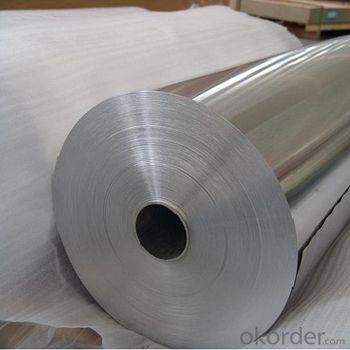
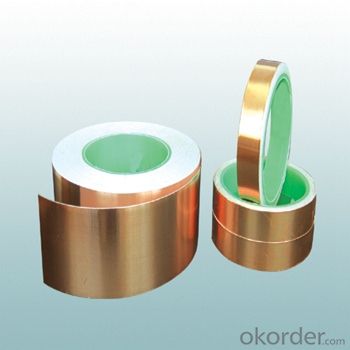
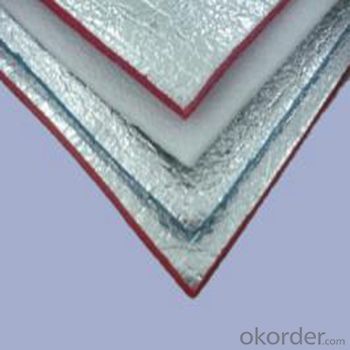
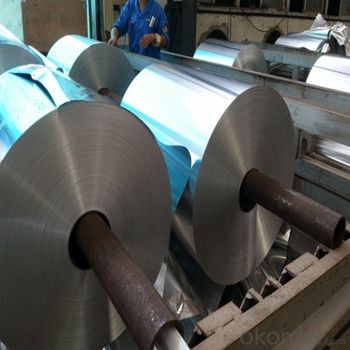
4.Aluminum Foil Facing Specification
TYPICAL PHYSICAL PROPERTIES:
Basic weight | gsm | 120 | ASTM D646 |
Tensile strength: M. D. X. D. | N/25mm | 140 75 | ASTM D828 |
Burst strength | N | 43 | ASTM D774 |
Reflectivity of foil surface | % | 95 | ---------- |
Temp. Resistance | -29°C 66°C | No Delamination No Delamination | ASTM C1263 |
Water vapor permeance | ng/N.s | 1.15 | ASTM E-96 |
Basic weight | gsm | 120 | ASTM D646 |
Tensile strength: M. D. X. D. | N/25mm | 140 75 | ASTM D828 |
Width: 1.0m, 1.2m, 1.25 m, 1.30, 1.37m
Length: 200m, 500m, 1000m, 2500m, 2750m, 3300m
Core I.D.: 3"(76mm ±1), 72mm ±1
Based on order, special sizes are also available.
5.FAQ
We have organized several common questions for our clients,may help you sincerely:
1. How about your company?
A world class manufacturer & supplier of aluminum foil facing and is one of the large-scale professional investment aluminum foil facing bases in China. Annually more than 1000 containers of aluminum foil facing are exported to markets in Europe, America and Japan.
What is the storage condition?
1,The products should be stored at room temperature and kept from wet and heat source.
2, It is essential, as with all pressure-sensitive tapes, that the surface to which the tape is applied must be clean, dry, and free of grease and oil.
3, The user should take test and do trial-application on the above products before coming into application so as to witness and ensure suitability for user’s special purpose and technique.
3. How to guarantee the quality of the products?
We have established the international advanced quality management system,every link from raw material to final product we have strict quality test;We resolutely put an end to unqualified products flowing into the market. At the same time, we will provide necessary follow-up service assurance.
4. How long can we receive the product after purchase?
In the purchase of product within four working days, we will arrange the factory delivery as soon as possible. The specific time of receiving is related to the state and position of customers. Commonly 7 to 10 working days can be served.
- Q:I work with rubber roofing insulation. How , other than long sleeves, do I deal with the after effects of being exposed to this insulation.
- I'm not sure if your questioning what to do before or after. A lot of experience contractors that work with insulation use generous amounts of baby powder on their skin before covering up prior to work. The baby powder fills up the pores keeping the insulation out. Insulation can travel through cotton clothing, but it is better than nothing. After the work is done wash off with cold water. The cold water closes the pores in your skin, while rinsing off the bulk of the insulation on your skin. Then use any temperature you like to complete the process.
- Q:So I'm renovating an old farmhouse with a metal roof and there is no insulation in the attic. I was up in the attic checking for leaks since we just got some freezing rain and it is currently melting I thought now was the perfect time to check. I found no leaks but I did notice the roof was sweating with noticeable beads of water in many places and many of the 2x4's that act as the frame were damp, although none were rotted (I found that odd as the house is approx. 140 years old and those are the original 2x4's. I could tell that the attic does have vents so I guess it dries out before rotting or mold occurs.. but makes me wonder if I put down some roll-in faced R-30 Owens Corning Insulation and then add a plywood floor over top if everything will be fine.. or not so fine..
- You need to make a determination as you if you want your attic to be conditioned or unconditioned. If you want it unconditioned, you need to make sure you have venting up high and soffit vents to allow air in. You would then insulate the floor with batts or blown cellulose or blown fiberglass. If you want the attic to be conditioned space, you would insulate the roof itself. For this I would recommend contacting a spray foam company and get their opinion. Spray foam is great for insulating roofs but it has to be done right.
- Q:Can I install rigid insulation between roof decking and shingles on a sloped roof?
- No. The shingles are applied directly to the decking (over felt paper). Nailing through rigid insulation will either cause dips from driving the occaisional nail too far, or the shingles won't be nailed down tight and will blow off in the wind. Insulate under the decking.
- Q:Does snow on the roof help or hurt my heating bill?
- It shouldn't matter. Here's why: If your attic is already well insulated and ventilated, there is insulation sitting on top of your drywall or plaster ceiling. Above that insulation is moving cold air. That air keeps your roof from rotting. The insulation creates a barrier between your living space and the moving air in the attic. You can differentiate homes with good insualtion from those without it--well insulated homes will have snow on their rooftops for a longer time. Additionally, well insulated homes are less likely to develop ice dams. So, I don't believe the snow on your roof should make any difference at all in your energy bill.
- Q:I have a valley between two roof peaks that gets a huge icicle every year. I know this area is not insulated very well. In the house it is a dead area between two rooms. I would like to get someone over here and blow it full of insulation (couple calls in, awaiting response). In the meantime, I do have heat tapes installed on the roof in this area. It's a 50' run, zigzagged and some goes into gutter and the downspout.I am paranoid of fire hazards and have a real problem leaving these tapes plugged in. That being said, I realize snow is all around and water is flowing in this case. Is it safe to leave these plugged in?Is there a time I should be unplugging?Will this help my icicle problem?Serious replies only please. I prefer from a licensed contractor/insulator.Thanks in advance.
- They are not a substantial fire hazard. They are far more likely to just stop working than to get overheated.
- Q:is it safe to put insulation in the corners where the roof meets the wall in attics?fiberglass in corners?
- No it is not EVER safe! Roofing material needs to breathe. Anywhere that insulation is applied to the underside of the roof deck the roofing material will warp and then leak. You have to have a cushion of air between the underside of the decking and the insulation
- Q:Can you put fiberglass insulation on the under side of roof tiles in the loft in the house?
- You should not be able to see your roof tiles from inside your house. So no, it can not be done. You can attach insulation to the rafters if that is what you meant.
- Q:I need to call around and find a contractor to repair my roof. I thought it might be a good idea to at least have the name of this type of roofing correct so I don't sound like too much of a mark. Thank you in advance for your assistance.
- redneck style roofing
- Q:My home is shaped like a square box. The four corners of the upper level have the roof pitch from the gables protruding into the rooms. The attic has no insulation and I need to insulate it. There is access from the attic to look down into the wall/ceiling that protrudes into the room. I can insulate the attic myself but the surface area of these protrusions is rather large. What would be the best way to get insulation down in there? Shoot the insulation in and poke it with a stick to make sure there is good coverage down in the wall space? The opening is about 6 inches high.Thanks.
- You need to have an air space between the roof and your insulation to prevent moisture build up on the inside and ice damming on the exterior. So you want to insulate the ceiling of the room, not the roof. For the angled protruding parts they make inserts that go between the joists to give 1-2" of air space under the roof and you can put insulation under that against the wall of the room. Remember that it's trapped air that insulates so don't overstuff when you push it in there. It sounds like you don't have access behind the vertical walls. You may need to break through the plaster between the studs to get in there and put insulation on the wall of the room and on top of the ceiling below. Then get some sheetrock and spackle to repair the hole you had to make, or you can make an insulated removable panel and use that area for storage. But don't store anything in there that can't take heat/cold.
- Q:i have about 200 sq ft of odd shaped polystyrene foam (rigid) insulation between 3" and 5" thick. it's leftover from installing a flat roof on a commercial building. creative ideas anyone? grind it and use it as attic insulation in a home?thanks.
- Hey, Why not just sell the leftovers and make some dough instead? You can list them on craigslist or OKorder. Just a suggestion :) Regards, J
1. Manufacturer Overview |
|
|---|---|
| Location | |
| Year Established | |
| Annual Output Value | |
| Main Markets | |
| Company Certifications | |
2. Manufacturer Certificates |
|
|---|---|
| a) Certification Name | |
| Range | |
| Reference | |
| Validity Period | |
3. Manufacturer Capability |
|
|---|---|
| a)Trade Capacity | |
| Nearest Port | |
| Export Percentage | |
| No.of Employees in Trade Department | |
| Language Spoken: | |
| b)Factory Information | |
| Factory Size: | |
| No. of Production Lines | |
| Contract Manufacturing | |
| Product Price Range | |
Send your message to us
aluminum foil with LDPE for bubble foil insulation production
- Loading Port:
- Shanghai
- Payment Terms:
- TT OR LC
- Min Order Qty:
- 90 cm²
- Supply Capability:
- 33412 cm²/month
OKorder Service Pledge
OKorder Financial Service
Similar products
New products
Hot products
Hot Searches
Related keywords
